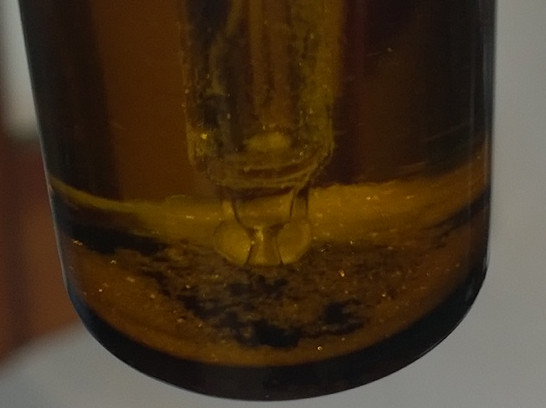Slayer-PGM
Active member
- Joined
- Apr 18, 2014
- Messages
- 29
Hey guys can you please confirm Stannous chloride?
I am getting white crystals of Stannous chloride here. Will this work good? I know we have to mix pure tin powder in to HCL but what is this white colour crystals of Stannous chloride?
http://www.abenterpriseindia.com/drug-intermediate.html#stannous-chloride
Now the reason I am confused is that Steve gave this recipe for Stannous chloride and he didn't mentioned the crystals at all and according to him only Tin and HCL is needed to make the Stannous chloride so what do the guys above selling which is white powder crystals??
1) 2 grams of pure powdered tin
2) 30 mL 32% HCl
3) Heat until fizzing begins (this takes around 10 seconds depending on your heat source)
4) Stop heating and let react uncovered until the solution clears, the solution should be colorless.
Thanks.
I am getting white crystals of Stannous chloride here. Will this work good? I know we have to mix pure tin powder in to HCL but what is this white colour crystals of Stannous chloride?
http://www.abenterpriseindia.com/drug-intermediate.html#stannous-chloride
Now the reason I am confused is that Steve gave this recipe for Stannous chloride and he didn't mentioned the crystals at all and according to him only Tin and HCL is needed to make the Stannous chloride so what do the guys above selling which is white powder crystals??
1) 2 grams of pure powdered tin
2) 30 mL 32% HCl
3) Heat until fizzing begins (this takes around 10 seconds depending on your heat source)
4) Stop heating and let react uncovered until the solution clears, the solution should be colorless.
Thanks.












































































